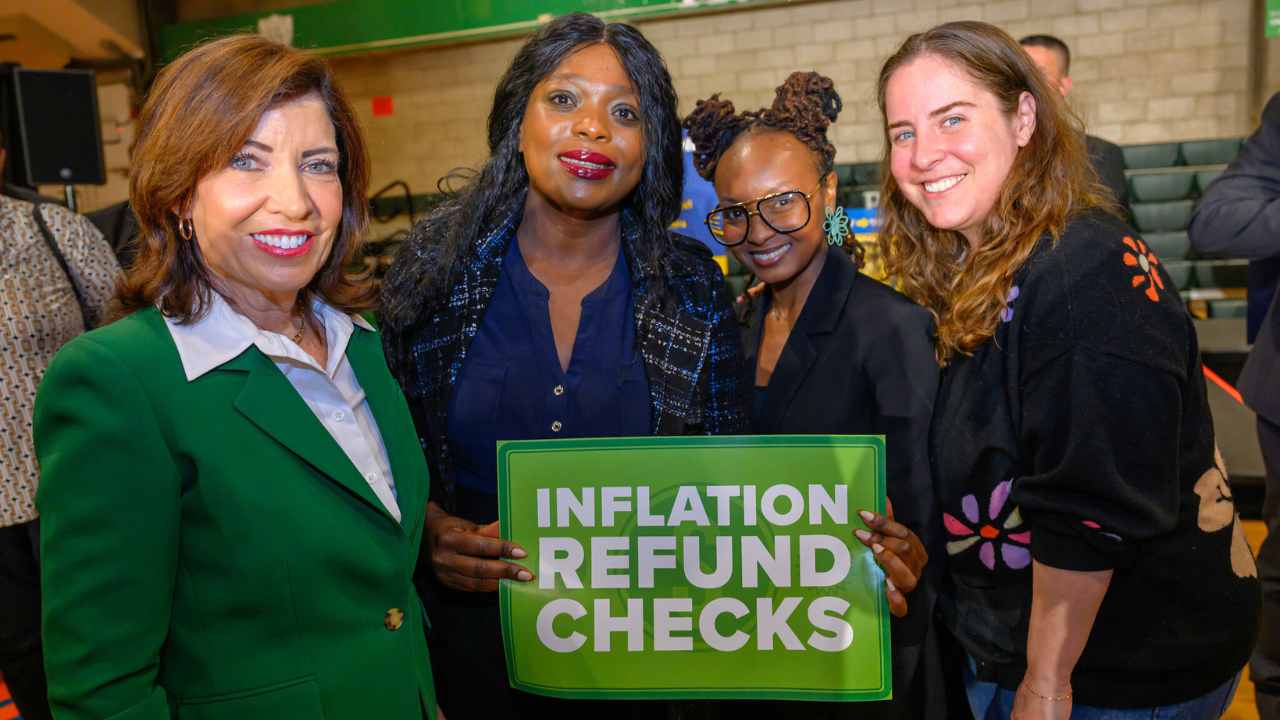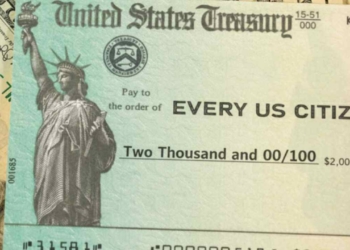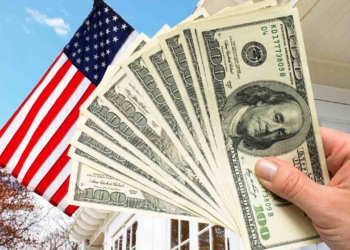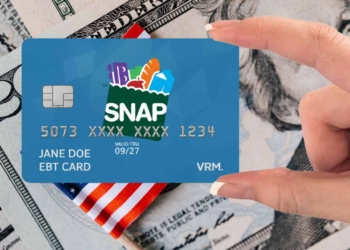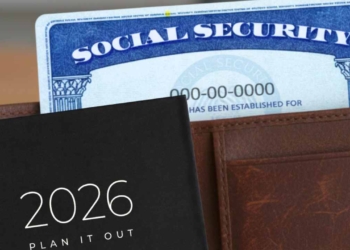New York has stepped up with a straightforward way to give people some breathing room: a stimulus checks program. Tucked into the 2025-2026 state budget, this inflation rebate program is all about steadying the ship for over eight million taxpayers.
It kicked off in late September 2025, sending out checks worth about $3 billion in total. The idea? To ease the sting of higher prices on basics like rent, groceries, and utilities.
Right now, on October 21, 2025, things are in full swing—most of those tax refunds checks are either on their way or already in hands. Drawing from the latest from the New York Department of Taxation and Finance (what we call the NY Tax Department), this piece breaks down where things stand, who qualifies, how it all gets delivered, and what it means for everyday folks.
Who Qualifies and How Much Will You Get?
Figuring out if you’re in is pretty cut-and-dried: It all hangs on your 2023 tax return, the IT-201 form if you’re a New York resident. You can’t be listed as a dependent on someone else’s return, and your New York Adjusted Gross Income (that’s line 33 on the form) needs to fit the brackets. Best part? You don’t lift a finger—the state handles it all automatically.
| Filing Status | Adjusted Gross Income (2023) | Refund Amount |
|---|---|---|
| Single | $75,000 or less | $200 |
| Single | More than $75,000 up to $150,000 | $150 |
| Married Filing Jointly | $150,000 or less | $400 |
| Married Filing Jointly | More than $150,000 up to $300,000 | $300 |
| Married Filing Separately | $75,000 or less | $200 |
| Married Filing Separately | More than $75,000 up to $150,000 | $150 |
| Head of Household | $75,000 or less | $200 |
| Head of Household | More than $75,000 up to $150,000 | $150 |
| Qualifying Surviving Spouse | $150,000 or less | $400 |
| Qualifying Surviving Spouse | More than $150,000 up to $300,000 | $300 |
How the SNAP benefits get to you: the timeline
The first batch went out on September 25, 2025, broken into weekly waves to keep the post office from grinding to a halt. So far, the NY Tax Department figures about 70% are done or damn close, with October carrying the heaviest load. It’ll wrap up by late November, but don’t hold your breath for a neighborhood-by-neighborhood schedule—it’s more about fairness than precision, which means your wait might vary.
Expect a certified mail envelope from the Department, nothing flashy, but clearly legit. The program still dos not have a tracking number yet—they’re holding off for privacy reasons and to keep the admin side simple. If you’ve got questions, dial customer service at 518-457-5181, though they won’t spill details on your specific check.
A few practical pointers to make this smoother: Double-check your address from that 2023 filing and tweak it if needed via Form DTF-95 on tax.ny.gov. Keep an eye on your mailbox, junk pile included. And watch for scams—the state won’t ever ask for your bank deets or a “processing fee.” Lost or stolen? Hit up the official line for a replacement; they’ve got your back.
What It means for New Yorkers and what’s next
Early numbers from the State Comptroller suggest around 40% of New Yorkers will put this money straight toward must-haves like food or bills, which could give a nice nudge to local shops and ease some household squeeze.
In a state where living expenses run 20% above the national average, that’s real relief: even if it’s not a cure-all. Some critics point out the income caps might leave out squeezed middle-class families with big debts, but overall, it’s a solid move toward fairer taxes.
Looking ahead, if inflation sticks around (and with global jitters, it might), Hochul’s team is eyeing tweaks for the 2026-2027 budget. For now, though, this is it—no extra rounds this year, and those whispers about federal add-ons? Just noise.

